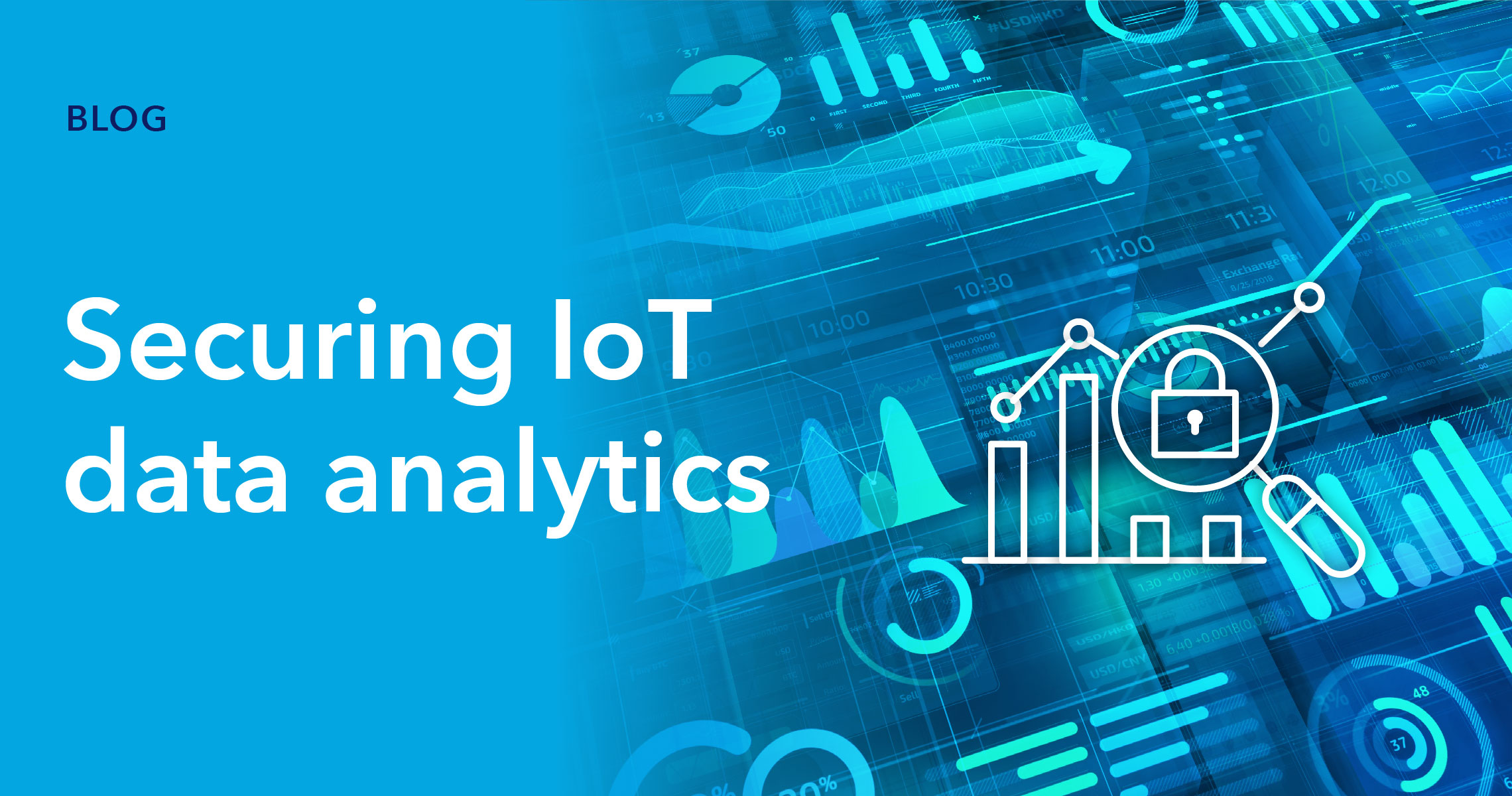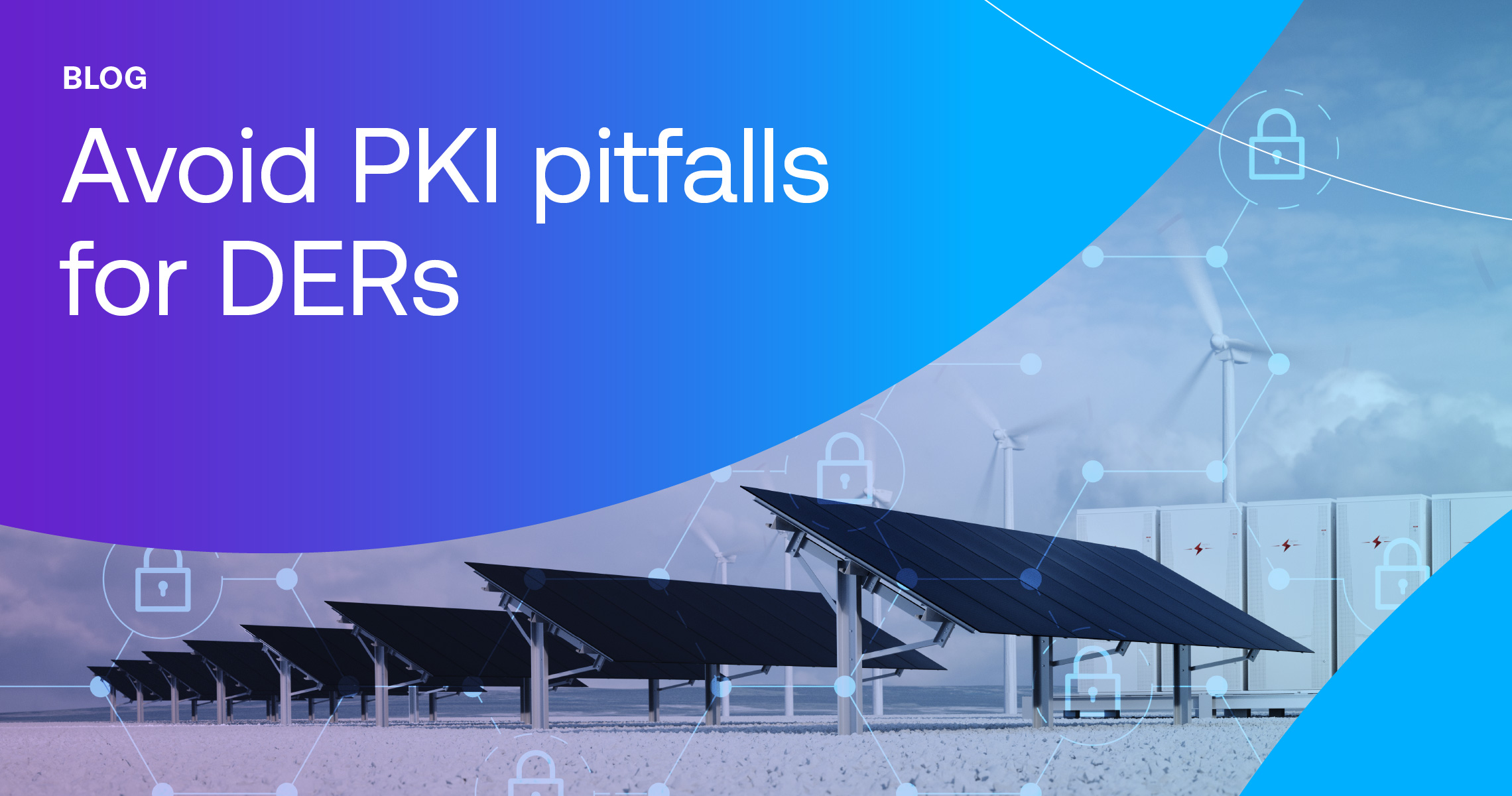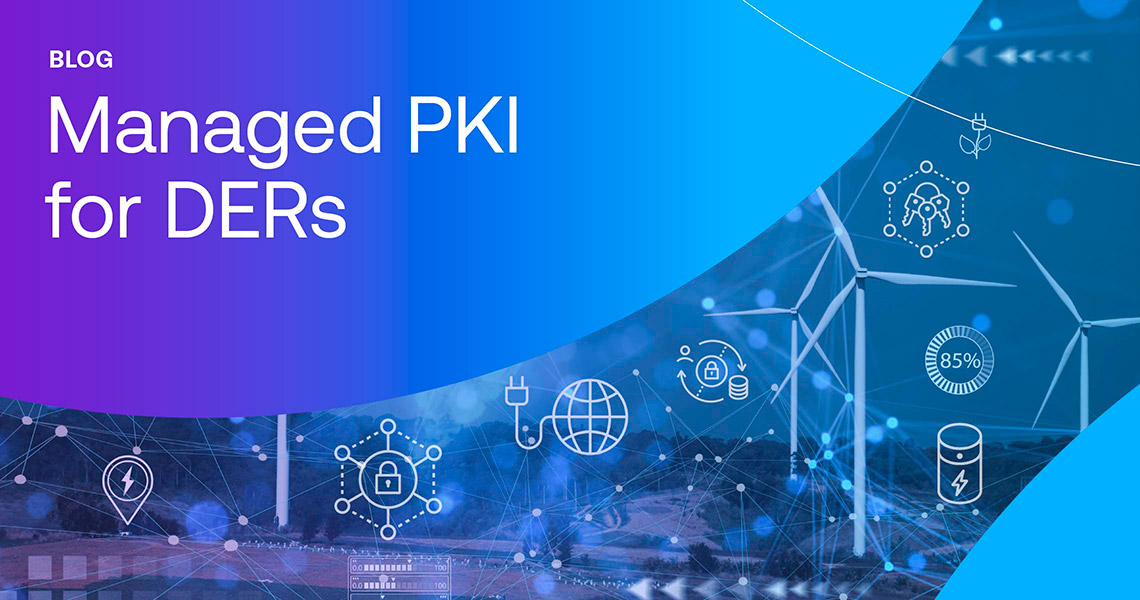The growth of consumer-focused, home IoT devices is gaining plenty of headlines. However, the proliferation of IoT devices in business and production is even more revolutionary. One paper by chip-maker ARM predicted that IoT devices and the data they produce could add $5 trillion a year to global GDP by 2035. As a result, maintaining IoT security is paramount.
The growth of IoT devices
We’ve already looked at some of the wide-ranging use cases for IoT devices and data analytics, including:
- Predictive maintenance: IoT sensors that measure various stress factors to optimize machine and equipment maintenance schedules.
- Smart grids: Distributed and interconnected IoT devices can deliver vital real-time data across energy production and distribution networks to help improve efficiency, reduce costs, and deliver better service.
- Supply chain management: Tracking the location, storage conditions, and travel speed of goods in a supply chain can identify potential efficiency gains and cost savings.
- Medical devices: Remote health monitoring devices can warn of changes in health status and help create better medical technology.
As noted, virtually all industry verticals are taking advantage of the benefits inherent in the use of IoT devices. A report by GSMA predicts there will be 14 billion industrial IoT connections by 2025, overtaking the consumer market and growing at 30% annually.
However, this growth faces considerable challenges in terms of IoT security, with greater use increasing the viability of cyberattacks on devices and sensors.
The challenges of IoT security
As IoT data analytics collect data from potentially millions of distributed devices, these common security challenges are virtually unavoidable:
- Insecure authentication protocols
- Man-in-the-middle attacks
- Inability to update legacy infrastructure in the field
- Device hijacking
- Theft of cryptographic keys
The security risks introduced by IoT devices can have serious business consequences. This includes personal data and IP theft, system infiltration, or the use of IoT device networks to commit a crime (botnets). Apart from the impact of system downtime and expensive emergency maintenance costs, cyberattacks on IoT devices can also result in regulatory censure and fines, reputational damage, and loss of customer confidence.
The energy industry is a great example of the depth of IoT security threats facing organizations that incorporate IoT data analytics into their workflows. As one of the primary adopters of remote IoT sensors for measurement and data collection, the industry faces a multitude of IoT security challenges, which are borne out by statistics such as:
- 57% of IoT devices have at least one attack vulnerability
- The energy industry has seen a 300% increase in attacks on IoT devices
- 72% of companies had IoT security incidents related to devices in 2020
Considering the increased threat level and the significant risks that breaches pose to organizations, IoT security is critical for organizations that want to harness the power of IoT data.
How to secure IoT data analytics
There are a number of factors that organizations can work on to bolster their IoT security and reduce their risk levels.
Securing IoT devices through PKI
A public key infrastructure (PKI) framework is a system of managed identity certificates that uses public-key cryptography to authenticate users, which in this case would be remote IoT devices. A PKI IoT security system provisions individual devices with secure identities, which are then used to verify themselves when sending or receiving data. This helps prevent many attacks designed to steal data or spoof device identities to gain access to systems.
For massive IoT networks that may encompass millions of individual devices, a PKI system is the only way to effectively monitor and ensure IoT security that complies with relevant standards.
Secure data transfer
The vulnerability of data in transfer is a major issue for IoT security. With large networks of devices feeding into disparate storage locations, the need to transfer data to one place for querying slows down the processing of data and introduces risks around data duplication and improper storage. A secure data virtualization platform, such as Intertrust Platform, allows data to be queried in secure execution environments, no matter where it’s stored and without any data migration.
Improving data governance
One of the biggest threats to data safety during IoT analytics is data breaches caused by improper access and governance controls. Without an effective data governance plan, unauthorized personnel could view and extract data that they shouldn’t. Applying better data governance protocols, such as those provided by a data platform, allows admins to enforce strict access controls to prevent unauthorized viewing or distribution of data. This is especially important in light of the strict fines and regulations imposed around data security by regulations such as GDPR and CCPA.
Creating trusted ecosystems
Collaboration with downstream resellers, subsidiaries, or upstream vendors is a day-to-day fact of business life, but it also introduces IoT security risks. When data is shared, even with third-party analytics providers, data breaches are an unfortunate risk—and regardless of the origin, the responsibility lies with the original data owner. As a result, a combination of secure device identity provisioning and clear data governance protocols during collaboration is essential for creating a trusted IoT ecosystem.
The future of IoT security
The use of IoT data analytics, especially in certain verticals like the energy industry, has the power to completely transform business models, create efficiencies, reduce costs, and improve service. There are, however, significant IoT security risks inherent in the deployment of massive device networks and maintaining flows of data around them. The threat of cyberattack is omnipresent and can have severe regulatory and reputational impacts on an organization.
The solution is building a complete, trusted data management ecosystem that can scale to meet needs and keep analytics processes safe. To find out more about how Intertrust can help with IoT security and trusted data governance, you can read more here or get in touch with our team.
About Prateek Panda
Prateek Panda is Director of Marketing at Intertrust Technologies and leads global marketing for Intertrust’s device identity solutions. His expertise in product marketing and product management stem from his experience as the founder of a cybersecurity company with products in the mobile application security space.



